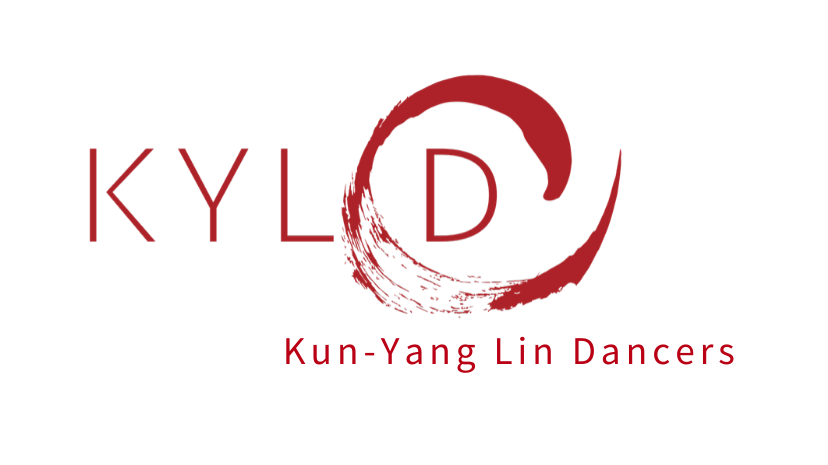“How can dialoguing around religion enable us to know what contemporary dance can be? How can dancing enable us to know what religion is and can be?”
This question was one of the impulses for the Faith Project. The second Story Circle ignited quite a few reflections on this particular topic, for me:
“Out of many, one”. There are many branches of Hinduism. There are also many forms of Christianity, Judaism, Buddhism, and Native American belief systems. There are many styles within the larger genres of dance. In ballet, there’s Vaganova, Cecchetti, Balanchine techniques… In Modern Dance, there’s Graham, Dunham, Cunningham, Release… Each of the larger categories (Ballet, Modern, Jazz, Tap, Hip Hop, Praise/Liturgical, etc.) has several stylistic subsets with their own practices. Kun-Yang's CHI Awareness Practice is a methodology in which one could approach any or all of these subsets, I’d imagine, like contemplative practices can be an approach within each of the religious practices. There are commonalities within the “denominations” of religions and dance genres that, as Nicole from the Interfaith Center mentioned about Christianity, are both unifying and divisive.
Numbers are important. In Hinduism, 108. Christianity, 3. Buddhism, 6. In Judaism, different numbers for different practices. In dance, we generally work in cycles of 8 (reflective of many musical structures). In Kun-Yang’s work, we’ve used numbers, not so much to follow musical counts, but to unify our/ the dancers’ movements and to more deeply activate our breath. For example, in “Entering the Circle” in Mandala Project we chant numbers as we perform the movement.
There’s a sacred language and vocabulary specific to each tradition. In Hinduism, Sanskrit. In Judaism, Hebrew. In Christianity, Latin. In Ballet, French words are used to describe movement. In more contemporary, Western traditions, English words are used, but might have meanings specific to the movement pattern or based on anatomical patterns.
There’s a need in both dance and religion to “surrender. Give into (something larger like) the earth (in Native American dance), the floor (in dance), and finding ways to connect”. Dance Artist Frank Leone shared this reflection during the second Story Circle.
Being able to sense without being able to physically see. Though conversations during the Story Circle, I inferred that a general definition of Faith is a belief in something/ someone larger. After the dance artists performed and shared their movement responses to the community members’ sharing, Dance Artist Frankie Markocki noted, “I didn’t see Keila, but I could feel that we were connected”. There was a feeling and sense of faith that they were joined together, participating in something larger than themselves. Community member Sue also shared a similar reflection of the dancers’ improvisations: “You (dancers) were aware and not aware (of each other). That’s how we (people of faith) are in the world.”
Based on your own experiences of contemporary dance and religion, do you see points of intersection? I want to hear from you!
~ Jessica Warchal-King
NOTE: To make a comment on this blog, you do not need to make an account- just click "Comment(s)" in bottom left hand corner, write your comment in the comment box that appears, click "Post Comment..." then type in your first and last name and click "Comment as Guest")
Major support for the Faith project has been provided by The Pew Center for Arts & Heritage, with additional support from the National Endowment for the Arts.




